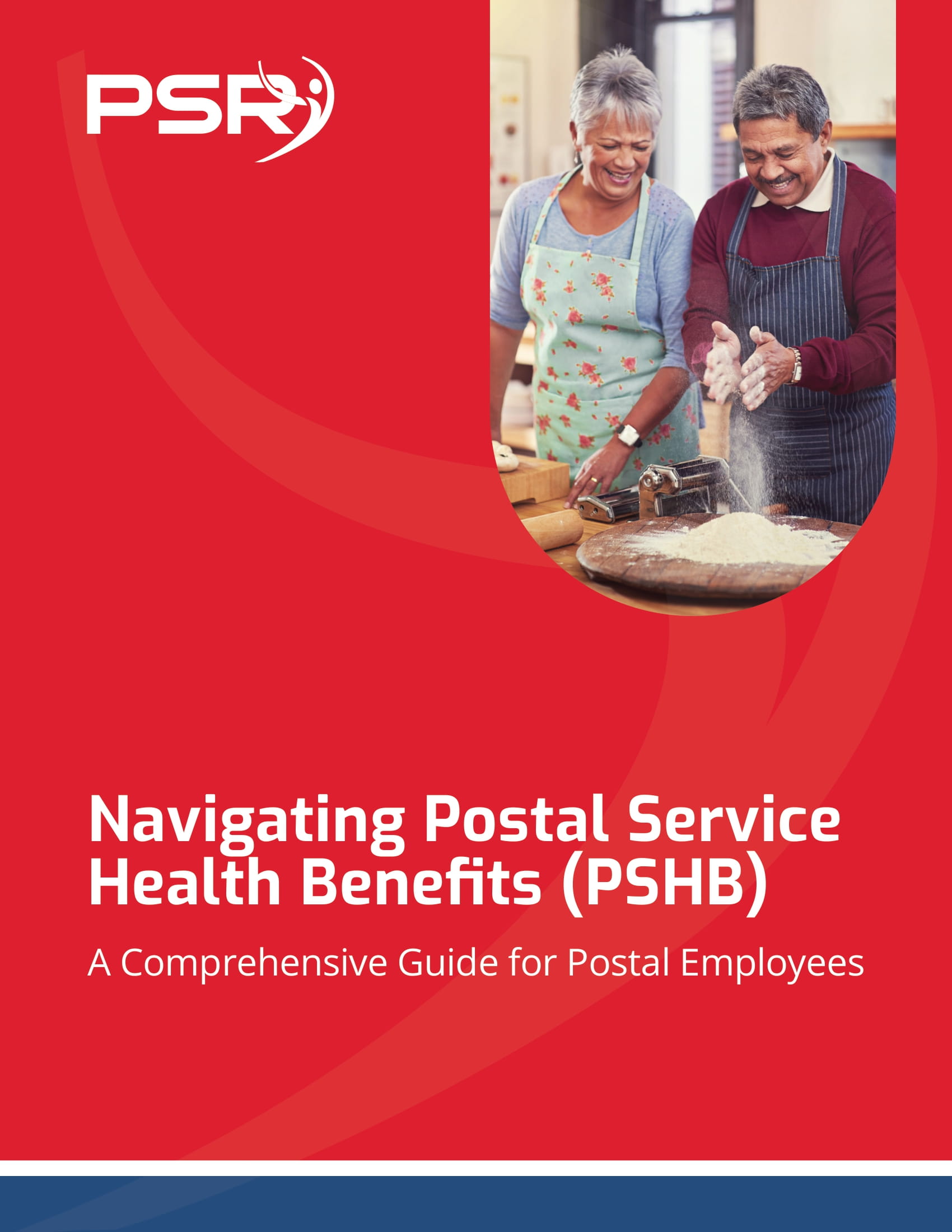Key Takeaways
-
Your TSP fund allocation should reflect your retirement timeline, income needs, and risk tolerance—not a generic template.
-
Changes in inflation, interest rates, and market conditions in 2025 demand a more thoughtful and tailored approach to choosing and adjusting your fund mix.
Understanding the TSP Fund Choices
The Thrift Savings Plan (TSP) gives you access to five core individual funds and several Lifecycle (L) Funds. Each serves a specific investment purpose, ranging from low-risk government securities to higher-risk stocks. The main options include:
-
G Fund (Government Securities): Offers stability and daily interest, but with limited growth.
-
- Also Read: Dental Plans Under FEDVIP Are Offering Better Coverage Than Ever—Why Federal Employees Are Taking Notice
- Also Read: 5 Things You Need to Know About Survivor Benefits as a Federal Employee or Retiree
- Also Read: How FEGLI Premium Changes Are Forcing Federal Employees to Reevaluate Their Plans
-
C Fund (Common Stock): Mirrors the S&P 500. Higher risk, high long-term return potential.
-
S Fund (Small Cap Stock): Reflects performance of smaller U.S. companies. Volatile, but growth-focused.
-
I Fund (International): Invests in international developed markets.
Lifecycle Funds (L Funds) are pre-mixed portfolios based on your target retirement date. While convenient, they may not suit everyone’s personal goals.
1. Know Your Retirement Timeline and Income Needs
Before selecting a TSP allocation, consider how close you are to retirement and how long you expect your savings to last. In 2025, with rising life expectancy, many retirees are planning for 25 to 30 years of income after they stop working.
-
If you’re still 10+ years from retirement, you might prioritize growth through a higher allocation in the C, S, and I Funds.
-
If you’re within 5 years of retiring, reducing exposure to stocks and moving more into the G and F Funds might preserve capital.
-
For those already retired, withdrawals are likely underway, and the allocation should reflect a more conservative stance with income-producing and stable funds.
Your monthly income needs also shape how much liquidity and stability you need in your portfolio.
2. Reassess Risk Tolerance—Not Just Once
Your comfort level with risk is not static. In 2025, economic uncertainty, inflation concerns, and evolving interest rates continue to impact market behavior. If you haven’t updated your risk profile in a few years, it’s time to do so.
Think about:
-
How did you react to past market downturns (e.g., 2020)?
-
Are you okay with temporary losses for potential long-term gain?
-
Would seeing your balance drop 10–15% lead you to panic and sell?
If your answers lean toward caution, a heavier weighting in G and F Funds may suit you better.
3. Don’t Over-Rely on Lifecycle Funds
Lifecycle Funds (L Funds) can be useful for hands-off investors, automatically adjusting from aggressive to conservative as your target date approaches. However, they’re not ideal for everyone.
-
They’re based on an average investor, not your individual circumstances.
-
You may already have other retirement income sources (like a FERS annuity or Social Security), allowing you to take more or less risk than the L Fund assumes.
-
The L Funds may not respond quickly to market volatility, unlike manual allocations.
Use them as a baseline—not as a one-size-fits-all solution.
4. Watch Inflation and Interest Rate Trends in 2025
In 2025, inflation is moderating but still above pre-2020 levels. The Federal Reserve’s interest rate policies also influence TSP returns:
-
Higher rates generally improve G Fund returns.
-
Bond funds like the F Fund may fluctuate with interest rate changes.
-
Stocks (C, S, I Funds) may face pressure if borrowing costs remain high.
If inflation rises again or interest rates change suddenly, your TSP allocation might need to shift toward more inflation-resilient or interest-sensitive funds.
5. Don’t Forget Required Minimum Distributions (RMDs)
Starting at age 73 in 2025 (if you were born between 1951–1959), you’ll need to begin taking RMDs from your TSP unless you’re still working. Failing to do so can result in steep penalties.
That means:
-
You’ll need some liquidity in your account to cover these mandatory withdrawals.
-
If your money is too heavily invested in stocks, you may be forced to sell during a downturn.
Consider shifting part of your allocation into G or F Funds to manage these withdrawals more predictably.
6. Consider How the TSP Fits With Other Retirement Assets
Many public sector retirees have additional savings—like IRAs, taxable brokerage accounts, or pensions. Your TSP doesn’t exist in a vacuum.
-
If your pension covers most of your monthly needs, you may be able to take more risk in your TSP.
-
If you rely heavily on the TSP for living expenses, a more conservative stance is likely appropriate.
This broader financial picture should guide your allocation—not just TSP recommendations alone.
7. Rebalancing is Not Optional
Over time, market performance can skew your allocation. For instance, a C Fund rally could push your portfolio into a more aggressive stance than you intended.
In 2025, it’s crucial to:
-
Check your fund balances quarterly or at least twice a year.
-
Rebalance back to your target percentages when deviations occur.
-
Avoid chasing performance by switching based on short-term fund success.
Rebalancing keeps your plan aligned with your goals and reduces the risk of overexposure.
8. Sequence of Withdrawals Can Affect Your Outcome
How you withdraw money from your TSP—whether proportionally or by choosing specific funds—can affect both taxes and fund longevity.
Starting in 2019, TSP allows you to make withdrawals from specific funds rather than proportionally. Use this flexibility to your advantage:
-
Consider withdrawing from more stable funds (G or F) in down markets to let equity funds recover.
-
Rotate withdrawals based on performance and preservation strategy.
Smart withdrawal sequencing can extend the life of your portfolio.
9. Account for Taxes in Your Strategy
Traditional TSP withdrawals are taxed as ordinary income. Roth TSP withdrawals, on the other hand, are tax-free if the account is held for at least five years and you’re age 59½ or older.
-
Balancing withdrawals from Traditional and Roth TSP accounts can help control your tax bracket.
-
Consider tax-efficient withdrawal strategies early in retirement to avoid higher taxes later.
In 2025, tax brackets remain favorable for most retirees, but that could change depending on federal fiscal policy.
10. Customize Based on Your Health and Longevity Outlook
While uncomfortable to think about, your personal health and family history can guide how aggressively—or conservatively—you invest your TSP funds.
-
If longevity runs in your family, plan for a longer retirement.
-
If you have significant health concerns, ensuring stability and liquidity may be more important.
These considerations can tip the scale toward more or less risk in your portfolio.
The Right TSP Mix Should Evolve With You
There’s no perfect fund allocation that lasts forever. What works at age 55 may be risky at age 70. And what you chose in 2020 may be outdated for the realities of 2025.
Take the time to revisit your allocation every year. Check how market trends, interest rates, inflation, and your own goals have shifted. Don’t rely on generic models—build your TSP strategy based on your real needs.
Get in touch with a licensed agent listed on this website if you need help evaluating your current mix or planning your withdrawal approach.













